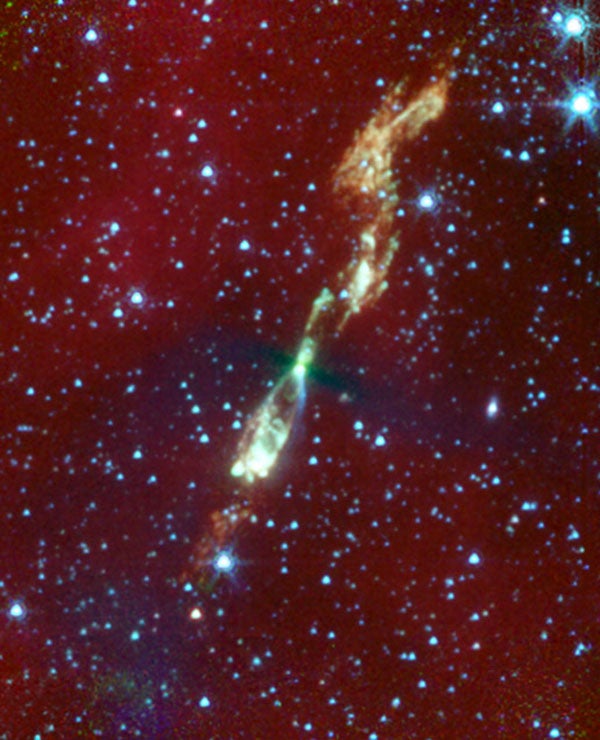Gas clouds of nearly any composition could theoretically become susceptible to condensation, given the right combination of physical parameters (mostly temperature, density, and turbulent motions) of the clouds. Stars formed of elements other than hydrogen would have different masses and evolutionary histories than normal hydrogen-rich stars. For example, a helium-rich star would need to shrink to a size much smaller than a hydrogen one to achieve the extremely high densities and temperatures to begin fusion, and such stars would not live long compared to hydrogen-rich ones. Life as we understand it would not exist on a planet around a helium-rich star. And elements heavier than carbon would create stars even denser, hotter, and shorter-lived than helium ones.
Nearly pure helium and carbon stars do exist. But these are the ultra-compact remnant cores of former suns that started their lives mostly with hydrogen and gradually created the heavier elements. — Christopher Sneden, University of Texas at Austin










